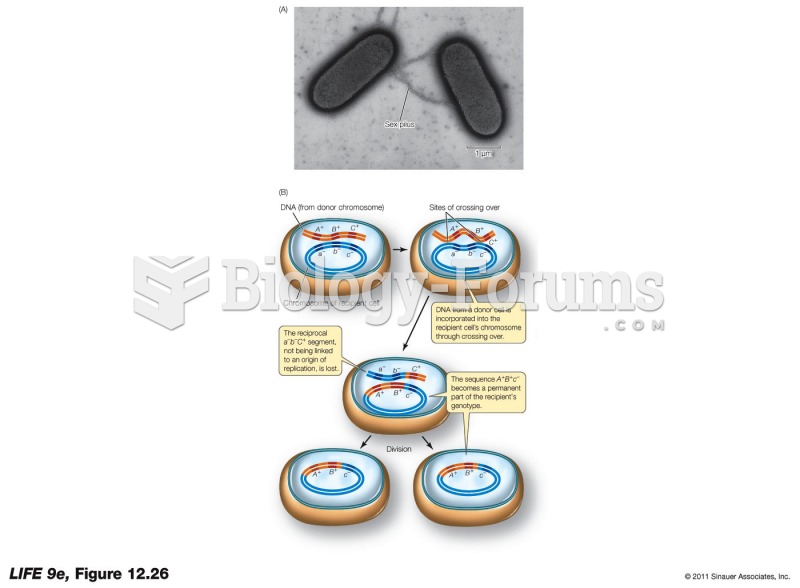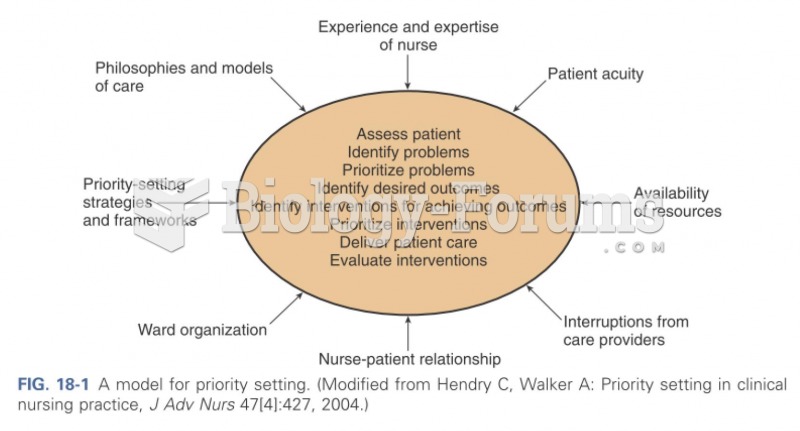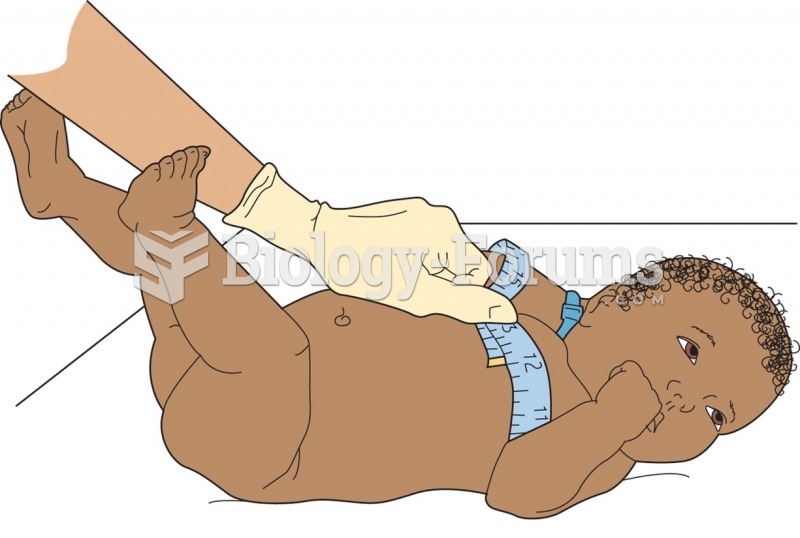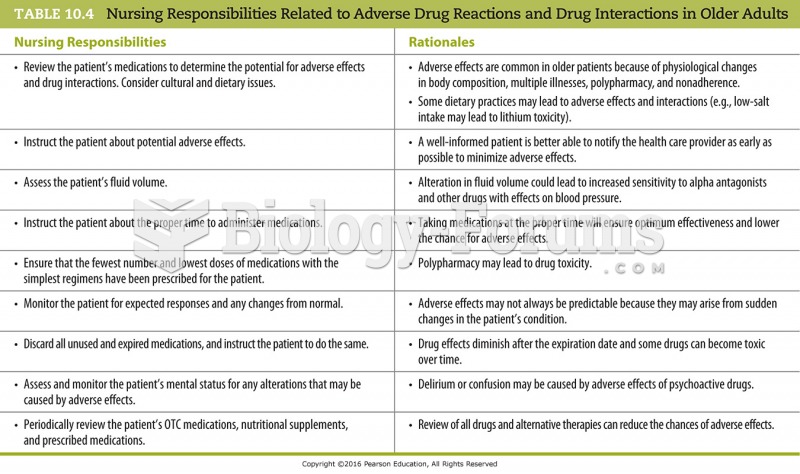This topic contains a solution. Click here to go to the answer
|
|
|
Did you know?
Street names for barbiturates include reds, red devils, yellow jackets, blue heavens, Christmas trees, and rainbows. They are commonly referred to as downers.
Did you know?
In inpatient settings, adverse drug events account for an estimated one in three of all hospital adverse events. They affect approximately 2 million hospital stays every year, and prolong hospital stays by between one and five days.
Did you know?
Asthma cases in Americans are about 75% higher today than they were in 1980.
Did you know?
The horizontal fraction bar was introduced by the Arabs.
Did you know?
About 100 new prescription or over-the-counter drugs come into the U.S. market every year.







